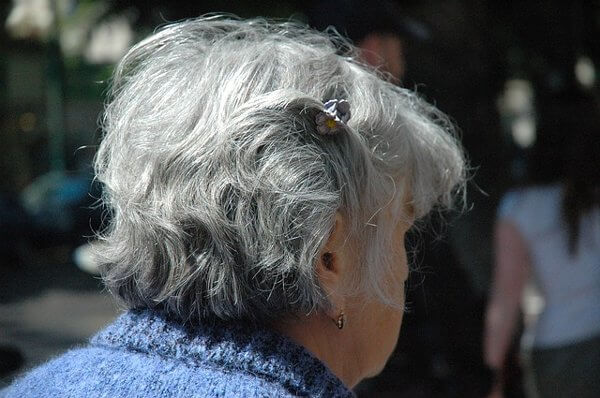Common Nursing Home Injuries
Moving a family member into a nursing home is a tough, emotionally fraught decision. Of course, in many situations, it is also the best thing you can do to support the health and well-being of your vulnerable loved one.
Yet, unfortunately, our state’s nursing homes and assisted living facilities do not always live up to their end of the bargain. Nursing home abuse and neglect is a serious problem in Connecticut. The National Center on Elder Abuse (NCEA) reports that more than ten percent of nursing home residents face some form of serious abuse each year.
Worse still, as this is a chronically underreported problem, the NCEA cautions that the true rate of elder abuse may actually be significantly higher.
Five Most Common Nursing Home Injuries
1. Bedsores
A bedsore (also called a “pressure ulcer”) is a potentially serious skin injury that often affects nursing home patients. Bedsores can vary widely in their depth and severity. When they occur, they are notoriously difficult to treat. Indeed, the Mayo Clinic reports that some victims never fully recover from a serious bedsore. As such, early intervention is needed to prevent bedsores and stop them from getting worse as soon as one appears.
2. Dehydration and Malnutrition
Nursing homes and assisted living centers have a legal duty to ensure that they are providing adequate care to their patients. One of the most basic duties that these facilities have is making sure that all residents are eating well and are staying fully hydrated. Sadly, far too often, nursing homes fail to stay on top of this very basic task. Many patients suffer severe dehydration and malnutrition-related injuries. In the worst cases, this can lead to permanent damage and even to a resident’s death.
3. Fall Accidents
NCEA data indicates that more than one third of all preventable emergency room visits by nursing home patients occur because of fall accidents. Elderly and vulnerable people must be protected from fall hazards. Floors need to be kept free from safety hazards, railings need to be installed and maintained around the facility, and residents need full attention and assistance when moving to different locations. Falls can lead to many different types of specific injuries, including back injuries, broken and fractured bones, joint damage, ligament damage and concussions or traumatic brain injuries (TBIs).
4. Medication Errors
The majority of nursing home residents are on some form of medication. It is imperative that any drugs that are being taken by residents are monitored. Medication must be taken at the correct time and in the appropriate dosage. When taken improperly, medication can lead to serious injuries, including death. Nursing home staff have a responsibility to help residents with their medication-related needs.
5. Severe Infections
Finally, infections are one of the most common types of serious nursing home injuries. Residents are often in a vulnerable state, making their immune system less able to fight off bacteria and viruses. Nursing home staff must ensure that conditions at the facility are always sanitized, to reduce the infection risk to the lowest level possible. When one nursing home patient develops an infection, there is often a risk that it could spread to other residents.
Ultimately, if your loved one has sustained injuries in a nursing home, you should contact an attorney immediately. A skilled nursing home abuse lawyer will be able to assist you in recovering the compensation you deserve.
